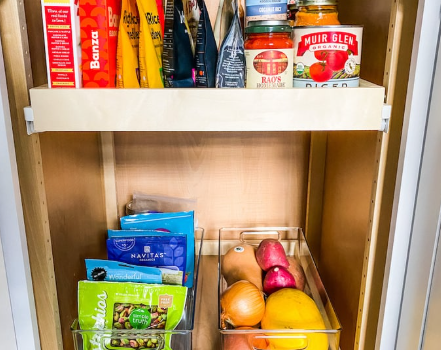
Vitamin D, often known as the “sunshine vitamin,” is essential for maintaining various aspects of our health. As we approach the winter months, it’s crucial to be mindful of how we get this vital nutrient. The government recommends a daily dose of 10mcg (400 IU) of vitamin D from October to April for people aged 4 and older, as sunlight, our primary source of vitamin D, is less available during these months.
In this post, we will explore the importance of vitamin D, the best sources, the risks of deficiency, and its connection with other nutrients.
What is Vitamin D?
Vitamin D is a fat-soluble nutrient that plays a key role in maintaining our overall health. It can be obtained from two primary sources: sunlight and food. While food sources like oily fish, eggs, fortified cereals, and plant-based milks contribute to our intake, it is often challenging to get enough vitamin D solely from diet.
Our skin naturally produces vitamin D when exposed to sunlight, specifically ultraviolet (UV) rays, which convert a form of cholesterol in the skin into vitamin D. However, geographical location and lifestyle factors can limit our exposure to sunlight, making supplementation important for many.
The Role of Vitamin D in Our Body
Vitamin D is vital for various bodily functions. One of its most important roles is in the absorption of calcium and phosphorus, essential minerals for bone health. Without enough vitamin D, our bodies cannot absorb calcium properly, which may lead to weakened bones and a higher risk of fractures.
In addition to bone health, vitamin D supports immune function by helping to reduce inflammation, contributing to a stronger immune system. It also plays a role in muscle function, mental health, cardiovascular health, and wound healing, further highlighting its importance for overall well-being.
Who is at Risk for Vitamin D Deficiency?
While many people are susceptible to vitamin D deficiency, certain groups are at higher risk. These include:
- Individuals with limited sun exposure: People who spend most of their time indoors or live in northern latitudes with less sunlight.
- Darker-skinned individuals: Melanin in the skin reduces the body’s ability to produce vitamin D from sunlight, making people with darker skin more likely to experience deficiency.
- Older adults: As we age, our skin produces less vitamin D, making older adults more vulnerable.
- People with certain health conditions: Those with inflammatory bowel disease (IBD), celiac disease, cystic fibrosis, or other conditions that affect nutrient absorption are at higher risk of deficiency.
Vitamin D and Obesity: Is There a Link?
Emerging research suggests that vitamin D deficiency may be more common in individuals who are overweight or obese. Some studies have found that fat cells might “trap” vitamin D, preventing it from being used effectively by the body. However, more research is needed to confirm this connection and understand its implications.
The Interaction Between Vitamin D & Vitamin K
Vitamin D and vitamin K work together to ensure that calcium is properly utilized in the body. While vitamin D facilitates calcium absorption, vitamin K ensures that calcium is deposited in the bones and not in soft tissues like arteries and kidneys, where it can cause harm. An imbalance between these two vitamins, particularly with excess vitamin D and insufficient vitamin K, can lead to calcium buildup in the wrong places.
For this reason, it’s often recommended to maintain an adequate balance of both vitamins, and some supplements combine vitamin D3 with K2 to support proper calcium regulation. However, it’s essential to consult with a healthcare provider before starting any supplementation to determine the appropriate dosage for your needs.
Conclusion
Vitamin D is a crucial nutrient for maintaining bone health, immune function, and overall well-being. Given its role in multiple bodily functions, ensuring adequate vitamin D levels is essential. During the winter months or in regions with limited sunlight, it’s important to consume foods rich in vitamin D, such as fatty fish, fortified dairy products, and plant-based milks, to meet daily requirements.
For individuals at higher risk of deficiency, such as those with limited sun exposure or older adults, vitamin D supplementation may be necessary. It is always advisable to consult with a healthcare professional before starting any supplementation. By prioritizing vitamin D intake, we can support our health and reduce the risk of complications like weakened bones and immune dysfunction.


















